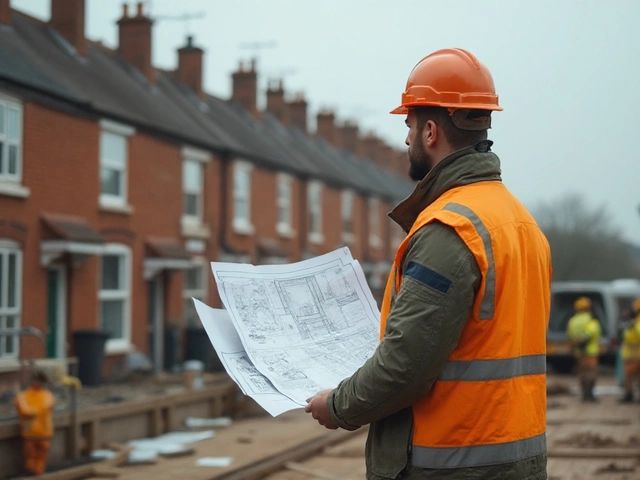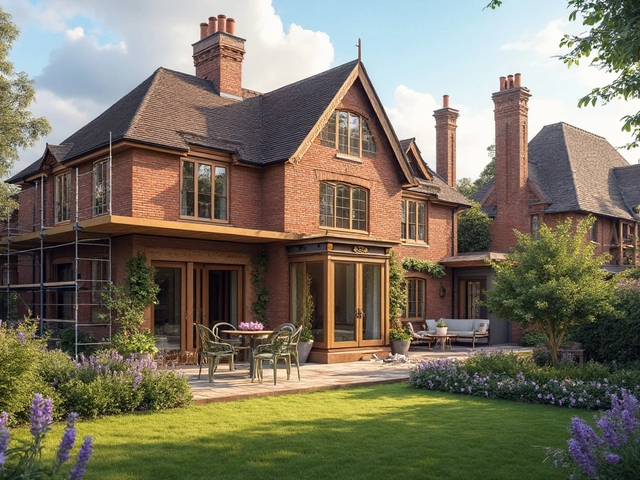Building Insurance: What It Covers and Why You Need It
When you own a home or commercial property, building insurance, a type of property insurance that covers the physical structure of a building against damage from fire, storms, floods, or other covered events. Also known as structure insurance, it’s not optional if you have a mortgage—lenders require it to protect their investment. But even if you own outright, skipping it is like driving without brakes: you might get away with it for a while, but one bad day can wipe out years of equity.
Building insurance isn’t the same as contents insurance. It doesn’t cover your furniture, TVs, or clothes—that’s a separate policy. Instead, it pays to rebuild or repair the actual walls, roof, floors, plumbing, and fixed fixtures. Think of it as the skeleton of your home. If a storm tears off your roof or a pipe bursts and collapses your ceiling, building insurance steps in. But it won’t cover wear and tear, poor maintenance, or damage from unreported structural issues like long-term damp or foundation settling. That’s why knowing the difference matters. Many people assume their home insurance covers everything, then get blindsided when a claim gets denied because the cause wasn’t listed.
What you’re covered for depends on your policy. Most include fire, lightning, explosion, storms, floods, subsidence, and vandalism. Some add coverage for accidental damage to pipes or drains. But if you live in a flood zone or near a cliff, you might need extra coverage—or pay more. Insurance companies look at location, age of the building, materials used, and even nearby trees. A 1970s brick house in Manchester will cost more to insure than a new build in Bristol, simply because rebuilding costs vary. And here’s the kicker: construction costs, the price to rebuild a property from scratch using current materials and labor rates. Also known as rebuild value, it’s not the same as market value. If you insure your home for what you think it’s worth on the open market, you could be seriously underinsured. A £300,000 house might cost £400,000 to rebuild if brick, labor, and permits have gone up. That gap? You pay it out of pocket.
Claims can take months if paperwork is messy. Keep records: photos of your property, receipts for renovations, quotes from builders, and any surveys. If you’ve added an extension, upgraded the roof, or installed a new boiler, tell your insurer. Not doing so could void your policy. And don’t wait until disaster strikes to read the fine print. Know your excess, your exclusions, and whether your policy covers temporary accommodation if your home becomes uninhabitable. That’s often overlooked until you’re sleeping in a hotel with your kids and a suitcase of clothes.
Below, you’ll find real breakdowns on how building insurance connects to construction choices, property value, and common mistakes homeowners make. Some posts show how to estimate rebuild costs. Others explain why commercial buildings need different coverage than homes. There’s even a guide on what happens when a house settles after 20 years—and whether that’s covered. This isn’t theory. These are the exact questions people ask when their claim gets denied or their rebuild quote shocks them. You don’t need to be an expert to get this right. You just need to know what to look for.
Unveiling the Gaps: What Building Insurance Often Overlooks in Foundation Repair
Building insurance policies can be tricky, especially when it comes to covering foundation repairs. Many homeowners are surprised to find that certain damages are not included, leaving them with unexpected expenses. This article explores the common gaps in insurance policies regarding foundation repairs, highlights notable exceptions, and provides valuable tips for homeowners to ensure they aren't caught off guard. Understanding these nuances can save significant headaches down the road.





